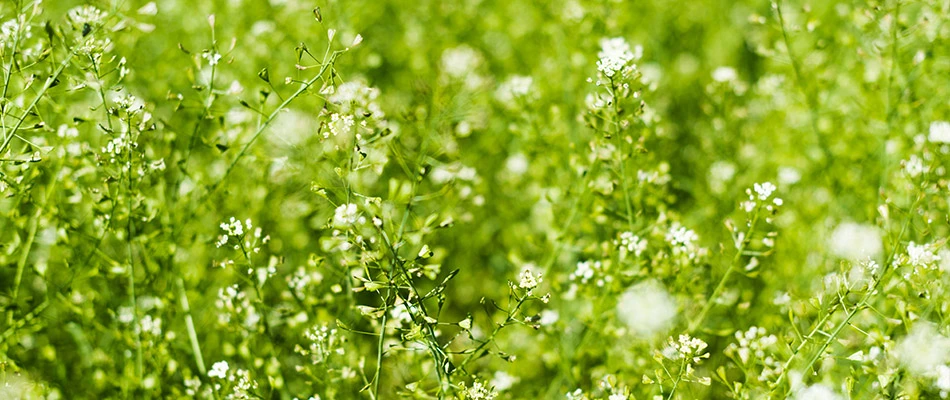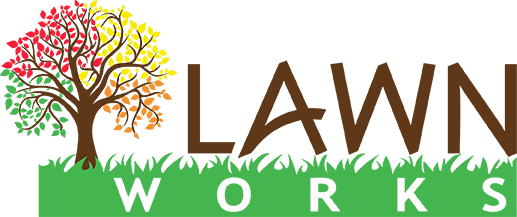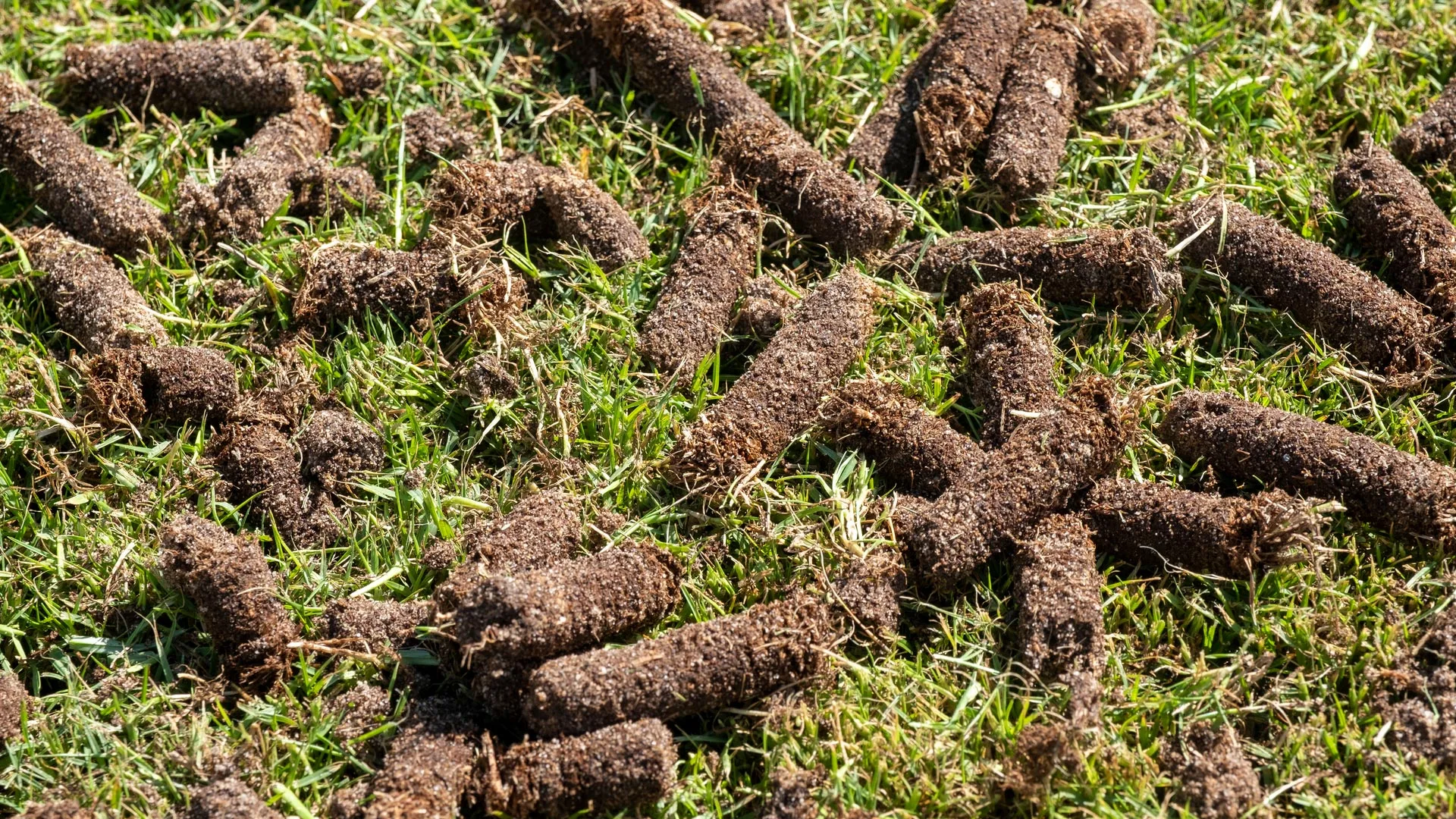As we approach the summer months ahead here in Kentucky, some people may consider scheduling a core aeration service to help their cool-season grass grow and prepare for the summer stress period. However, core aeration in the spring can be detrimental to your grass's growth and development. Since your lawn is just emerging from winter dormancy, it is in a weakened state, making it harder for your lawn to survive the core aeration process. Your lawn needs as much care as possible so it can successfully recover. Another issue with performing core aeration in the spring is that it opens your lawn up to a weed infestation. Spring aeration, while being a great method to promote grass growth since it allows essential nutrients to reach their roots, also makes your lawn more susceptible to weeds by supporting their growth too. These reasons are why it's best to core aerate your lawn in the fall when it can survive the core aeration process and you don't have to worry about weeds overtaking your lawn.
Core aeration in spring can damage your weakened grass.
In spring, your lawn is emerging from winter dormancy. It will need time to recover from the harsh weather conditions it endured over the winter months. While core aeration is used as a method to strengthen your grass and establish stronger roots in the soil, it can also cause damage to your grass in the initial stages. Turf that's already weakened from the winter stress period may not be strong enough to handle the core aeration process in spring right after it's emerged from winter dormancy. Your grass needs to focus on recovering during the spring and performing core aeration in the spring may make it too weak to handle the summer stress period ahead.
Core aeration in spring opens your lawn up to increased weed growth.

Another issue with performing core aeration in the spring is how it leads to increased weed growth. As a process, core aeration opens direct passageways for essential nutrients and resources to reach the roots of your grass. However, this process not only helps your grass develop, but it's also supplying these nutrients and resources to weeds. During spring, when many weeds germinate, core aeration will help weeds establish strong root zones in your soil as well, facilitating their growth and making your lawn more susceptible to a weed infestation.
Fall is the best time to perform core aeration on your lawn.
With spring out of the question, that leaves fall as the only reasonable time to perform core aeration on your lawn. It's not a good time to aerate your lawn during summer or winter because those are heavy stress periods for your cool-season turf where they will be battling with the harsher temperatures. With cool-season grass, it's strongest during the spring and fall seasons, however, fall is the ideal time for aeration since your grass isn't already weakened from winter dormancy. In addition, you don't need to worry about weed growth as much as you would in the spring when many of them germinate. When you aerate your lawn in the fall, you're helping your lawn get the nutrients and resources it needs to help survive the winter while it's also establishing those deep roots in your soil to recover and grow strong in the spring.
Consider overseeding your lawn in fall directly after core aeration. Overseeding is a great way to strengthen a thinning lawn!
Call us to schedule our core aeration service this fall!
It's best to avoid scheduling core aeration this spring while your lawn is recovering. However, aerating your lawn in the fall is a great way to strengthen your cool-season grass for the proceeding seasons. We serve properties in the Louisville, KY area. We also service properties in the Jeffersonville, IN area, including New Albany and Sellersburg! Call us today at (812) 590-8864 to schedule our core aeration service this fall!



Comments (0)
Thanks for your comment!
Thanks for your feedback! Your comments have been successfully submitted! Please note, all comments require admin approval prior to display.
Error submitting comment!
There is a problem with your comment, please see below and try again.